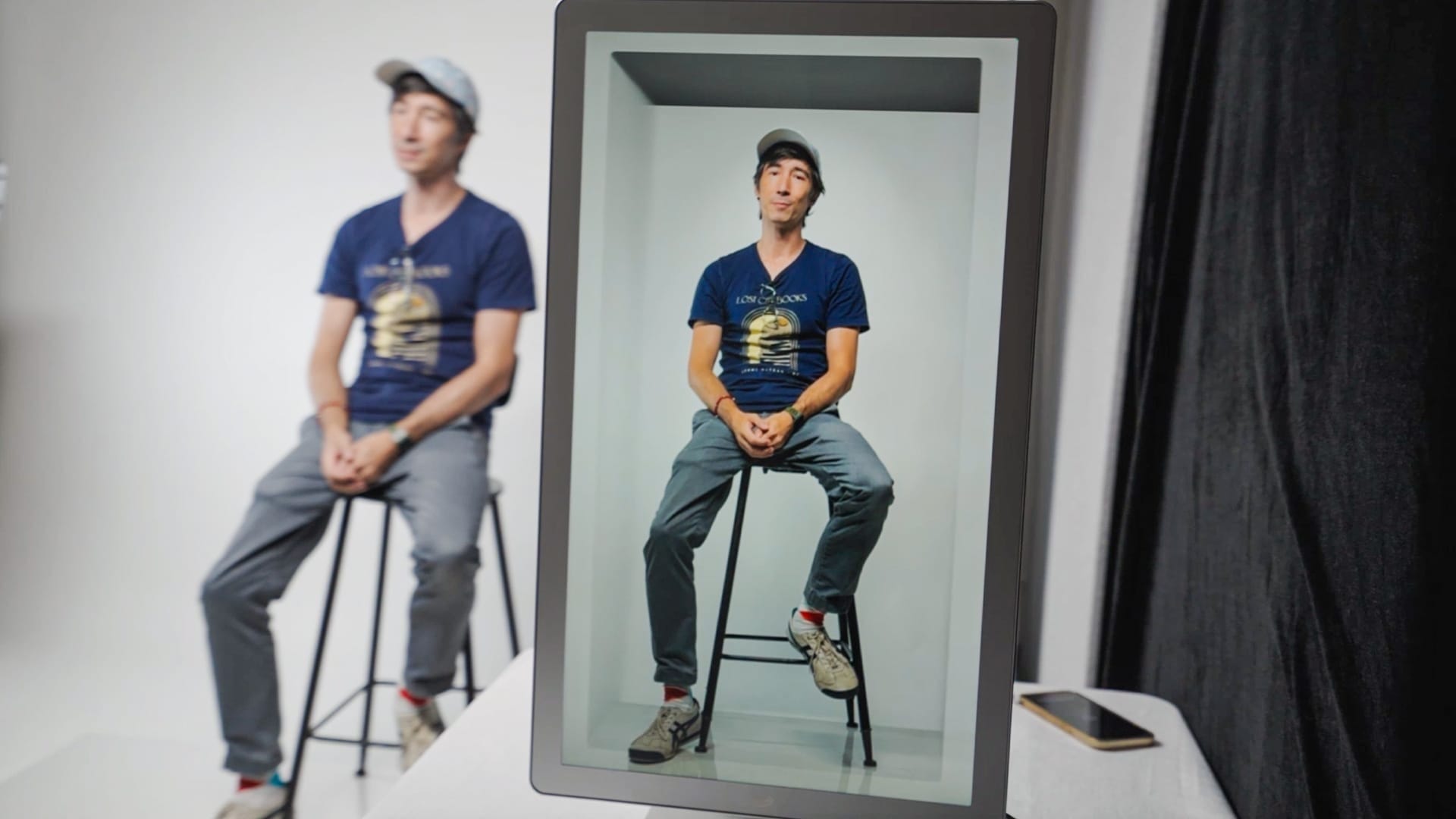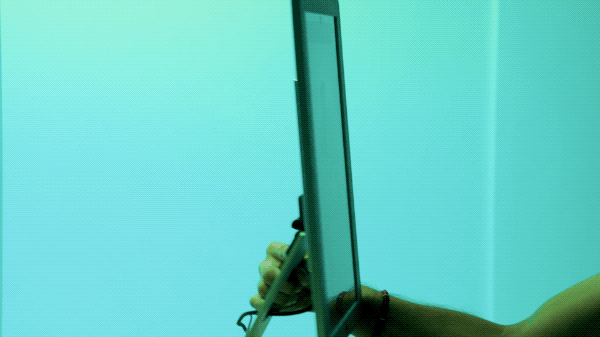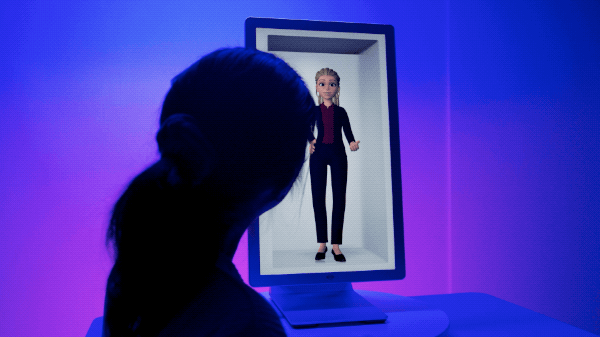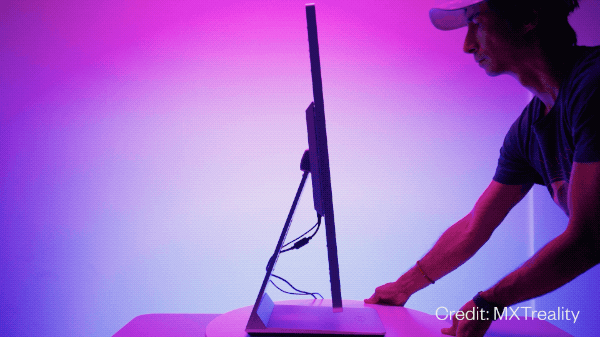The Magic Problem

Sometimes, progress doesn’t look like more—it looks like less.
Less gear.
Less friction.
Less of a gap between what we imagine and what we can actually do.
When we started building holographic displays over a decade ago, we were chasing a very specific vision: to make 3D feel real. Not just look real, but feel present in space, as if the person or object inside the display was actually there with you.
We approached this, as many others did, through the 3D problem: how do you recreate light rays in space, from multiple perspectives, so that different people can look at the same display and see the same object in all its dimensional truth?
That problem gave birth to our Light Field Displays—tools that could render true spatial scenes, without glasses or headsets, for professionals working in medicine, design, simulation, research. They are, still today, the most advanced 3D displays in the world.
But a new question started surfacing—sometimes quietly, sometimes all at once:
What if you don’t need all of that complexity?
What if you just want the magic?
Light Field Display vs. HLD
We like to tell people this:
Light Field Display = when you have a 3D problem.
HLD = when you have a magic problem.
Unlike our Light Field Displays, HLD doesn’t aim to solve every 3D challenge. It doesn't simulate light from dozens of viewpoints or handle deeply interactive spatial scenes. Instead, it focuses on holographic presence—creating the feeling that something (or someone) is there in space, even if the content is just a standard 2D video.

It’s a shift not just in form factor or tech stack, but in philosophy.
We designed it to:
- Have a super slim form factor
- Be easily deployable with plug-and-play via HDMI
- Usable with video tools people already know—Adobe Premiere, After Effects, CMS systems like BrightSign.
- Installable anywhere: shelves, signage, kiosks, walls
No 3D model? No problem.
No Unity or Unreal pipeline? That’s fine.

From tools to moments
In the early days of computing, you could tell what the computer was for by the room it was in.
Lab, workstation, mainframe.
Then came the laptop. The browser. The phone.
The room changed. The use changed. The audience changed.
We think HLD represents a similar turning point—not for computers, but for media itself.
It’s for people and businesses who want to build moments, not models. Who want to evoke presence, not precision. Who want to use what they already have—a story, a face, a video—and give it a new kind of dimensional life.
It won’t replace Light Field Displays. It’s a complement, not a compromise.
Our Light Field Displays are still your go-to if you’re designing a spacecraft, studying tumors, or developing 3D interactive content. But if what you’re after is connection—if you want someone to walk by a screen and do a double-take—that’s where HLD lives.

If you’d like to be one of the first to try it, pre-order an HLD here.
Since launching last week, we've been racing to catch up with the interest. We start shipping a very limited number of HLDs in 16" and 27" sizes in November but the first production run is almost all gone.
Because not every problem is a 3D problem.
Sometimes, it’s a magic problem.
And now, we’ve got a new kind of display for that.
